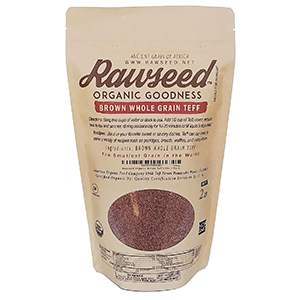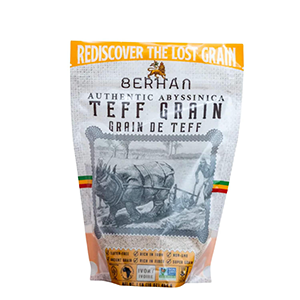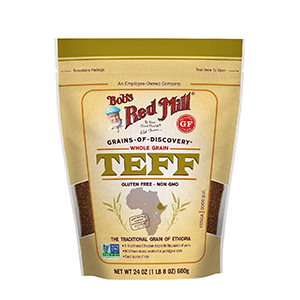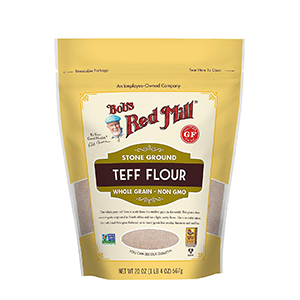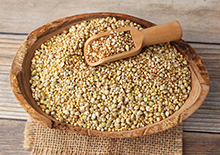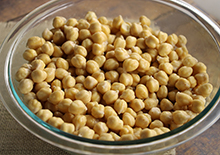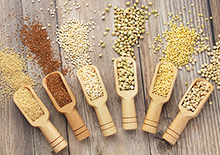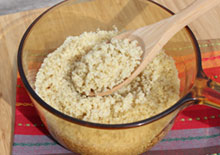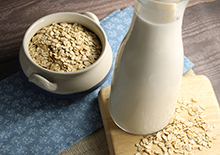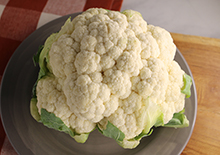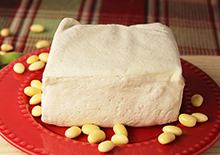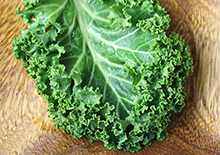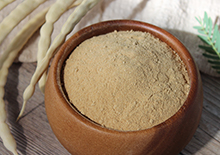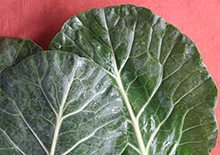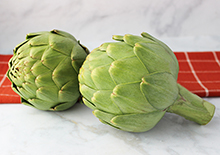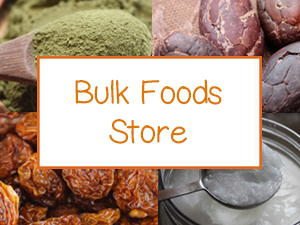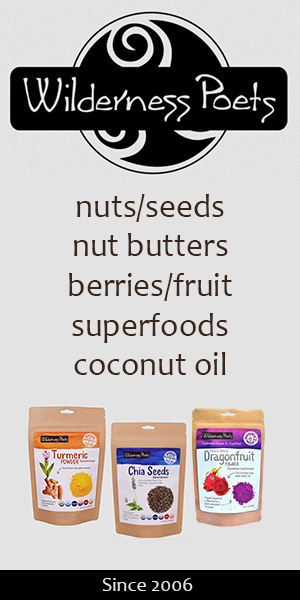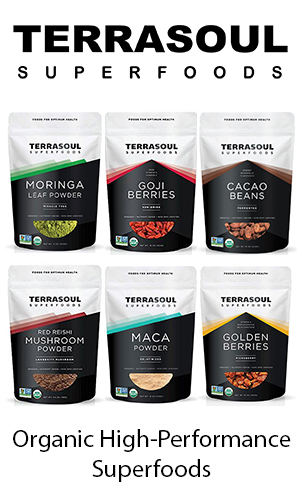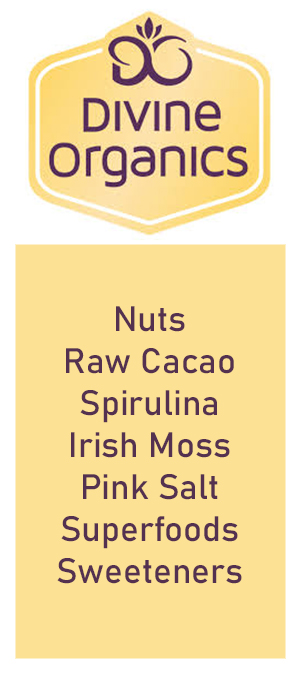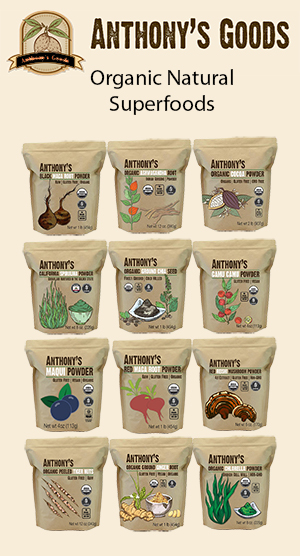- Home
- Plant-Based Cooking
- What is Teff?
8 Things About Teff, The Gluten-Free Ethiopian Superfood
What is Teff? | Gluten-Free | Ethiopian Superfood | What is Injera? | Nutrition Facts | Ways to Use | How to Cook | Grain of the Future | Precautions | Shop
1) What is Teff? World's Smallest Grain
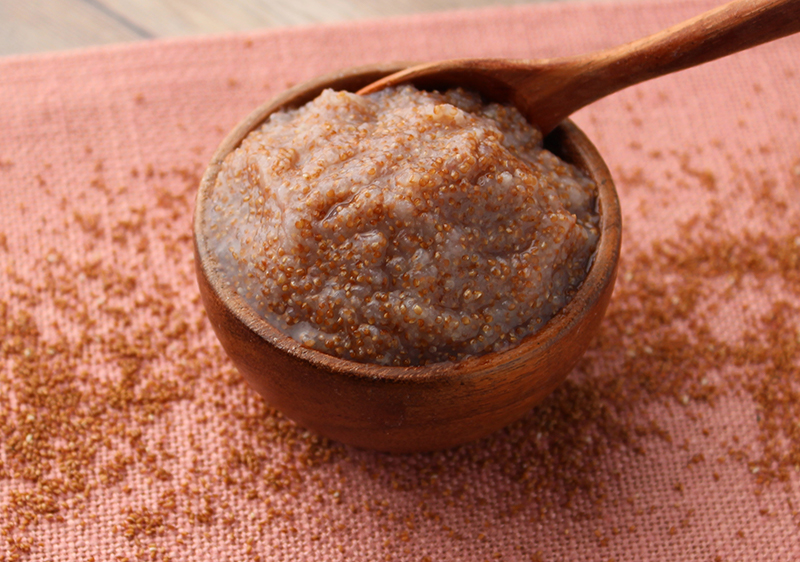
Eragrostis tef is an annual lovegrass species that is grown for its edible seeds called "teff" which are cooked whole or used as a flour.
Native to the Horn of Africa, it's the smallest type of grain used by humans measuring about 1/100th the size of a kernel of wheat.
The name in fact comes from the Amharic word "teffa" (ጠፍፋ) meaning "loss", probably making reference to the teeny tiny seeds that can tend to get lost during the harvesting process.
Table of Contents
What is Teff? | Gluten-Free | Ethiopian Superfood | What is Injera? | Nutrition Facts | Ways to Use | How to Cook | Grain of the Future | Precautions | Shop
Teff's poppy seed-like size enables the whole grain to cook rather quickly, usually taking only 15-20 minutes on a stovetop.
The most common kind of teff is a reddish brown or deep mahogany color, but white teff or often referred to as "ivory" is also now offered as the flour closely resembles other wheat flour types.
We have noticed that some white seeds are usually found in bulk brown teff grain.
2) Gluten-Free Ancient Grain
Teff, sometimes spelled tef (t-e-f), is an ancient grain and one of the earliest plants first domesticated on the African continent, specifically from the country Ethiopia more than 6,000 years ago.
Both teff and rice are seeds from the grass family and classified as "minor cereals" rather than main cereals (like wheat, rye or barley) or non-grass pseudocereals (like quinoa).
Teff contains NO GLUTEN and is therefore one to add to your list of gluten-free grain options such as millet, quinoa, buckwheat, amaranth and sorghum.
When using teff grain or flour on a strict gluten-free diet, it is best to purchase bulk products that come from a certified gluten-free facility.
Ethiopia once grew over 90% of the world's teff but their government banned exports at one point to ensure domestic supply. Now other countries have started to marginally cultivate. Despite its great potential, it is currently a lesser-known variety but expected to become more popular due to wider availability.
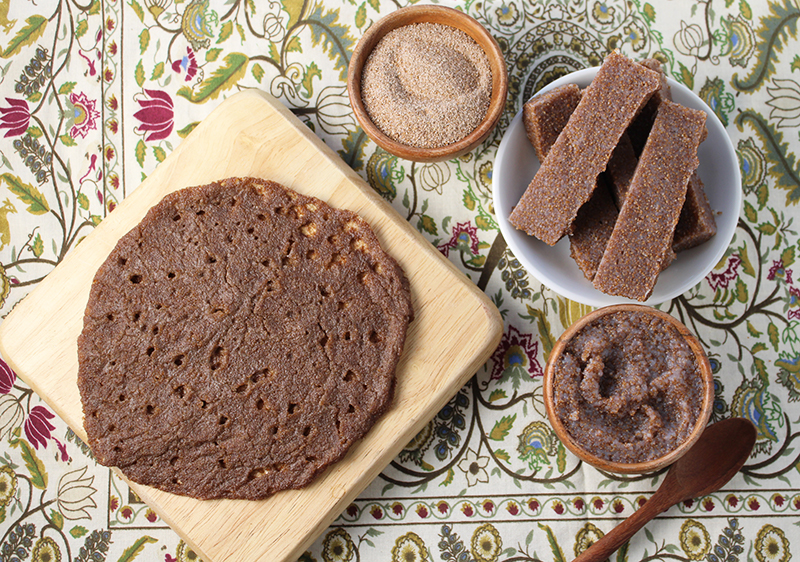
3) An Ethiopian Superfood
Teff is a top staple to accompany most meals in Ethiopian cuisine, either as a cooked grain or flatbread. Also commonly used in other parts of the Horn of Africa like Eritrea but less frequently in Somalia.
What is teff good for? Well, one of its benefits is as a plant-based protein-rich food known for its high concentration of essential amino acids. It is especially rich in LYSINE, which is often lacking in other grains and therefore an important nutrient for vegetarians and vegans.
Teff, as an Ethiopian superfood, is estimated to provide for nearly two-thirds of all daily protein in the Ethiopian diet.
A one cup serving of cooked teff contains about 9.8g PROTEIN (19% the Daily Value). It even has more protein than amaranth or quinoa. It's hence a good alternative for vegan diets to increase daily protein consumption.
Along with amaranth, cooked teff is also very high in CALCIUM with one cup providing approximately 123.5mg CALCIUM or 12% of the Daily Value, based on a 2,000-calorie adult diet.
It also has other vitamins and minerals we will discuss more below.
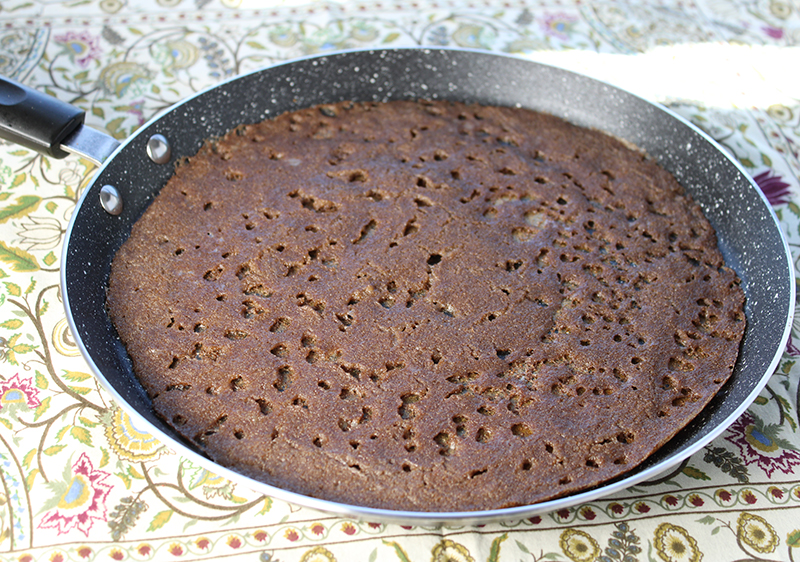
4) What is Injera?
Injera (pronounced en-jer-a), also spelled enjera, is a traditional sourdough flatbread made from ground teff flour and water. After the batter is poured on a griddle, it quickly develops bubbles and a spongy texture that has the thickness between a crepe and a pancake.
In Ethiopian and Eritrean tradition, large injera flatbread (usually about 20 inches or 50 centimeters) is served underneath various foods such as lentils, cooked greens and wat (a thick meat stew).

Since most meals are eaten with one's hands, not utensils, pieces of injera are flexible and easily torn to scoop up entrées and side dishes.
Although you can use yeast or a sourdough starter to speed up the process, the Ethiopian rendition is often a "wild fermentation", simply allowing the flour-water mixture to ferment for up to 3 days depending on room temperature.
Making fermented homemade injera flatbread can be a great way to get all the nutritional benefits that teff has to offer as cultured foods tend to be more digestible.
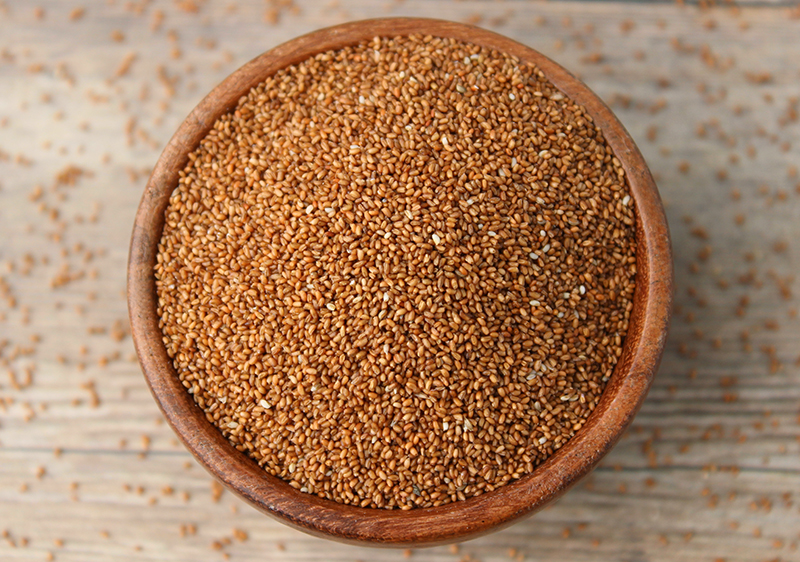
5) Teff Nutrition Facts
Along with a good amount of protein content, teff is also quite high in dietary fiber compared to other gluten-free grains or cereals at 7.1g FIBER or 28% the Daily Value per one cup serving.
It contains a good amount of resistant starch which, like polenta, will gelatinize and mold to the shape it's stored in.
Teff is a good source of B vitamins especially THIAMIN but also B6, niacin, and folate. We already mentioned it's very high in CALCIUM. It likewise contains significant amounts of MANGANESE, IRON, COPPER, ZINC along with trace amounts of other minerals such as magnesium, phosphorus and potassium.
One cup of cooked teff is about 255 calories, a little higher than other types.
One Cup Cooked Teff - Calories - 255, 13% DV
- From Carbohydrate - 201
- From Fat - 14.7
- From Protein - 39
6) Ways to Use Teff
Teff can be used in two ways, as a GRAIN or as a FLOUR.
The whole seeds are simmered with water like when making other types of grains. However, teff will produce a porridge-like consistency that can be eaten straight as a breakfast cereal, made into polenta, or added to thicken soups and stews.
Teff flour is of course the base of injera flatbread but can be used when making homemade pasta, pancakes, waffles, bread or other baked goods.
Teff has a mild nutty earthy taste.
7) How to Cook Teff
Generally, to completely cook teff a 4:1 water-to-grain ratio is required. However, some people may prefer a chewier texture for recipes so less water is typically used.
How to Cook Teff (Stovetop Method)
- 1C teff grain
- 4C pure filtered water
- 1/8t pink salt
- Rinse teff grain and strain water.
- Using a stovetop method, boil water and then add teff and salt.
- Place the lid on the pot, reduce heat to low and stir occasionally.
- Cooks fast in about 15-20 minutes.
How to Cook Teff (Instant Pot Method)
- 1C teff grain
- 3C pure filtered water
- 1/8t pink salt
- Rinse teff grain and strain water.
- Using an Instant Pot, add teff, water and salt to pot insert.
- Secure the lid.
- Select pressure cook setting and set time for 7 minutes.
- Open after pressure is released and stir.
- Use as porridge or make teff polenta (our favorite 😋).
8) Grain of the Future
While teff is not currently as popular as other minor cereals or pseudocereals, it has great promise for the future of human nutrition.
As a domesticated crop, it is another hardy species able to resist drought as well as withstand waterlogged conditions.
It is easy to grow in a wide range of environments and requires less fuel to cook. It also offers versatility as a grass and fodder for livestock.
Precautions:
Consult your healthcare professional before consuming teff on a regular basis if you are pregnant, nursing, have a serious health condition or are taking any medications.
What is teff good for?
What is teff good for?
Well, one of its benefits is as a plant-based protein-rich food known for its high concentration of essential amino acids. It is especially rich in LYSINE, which is often lacking in other grains and therefore an important nutrient for vegetarians and vegans.
Ways to Use Teff
Ways to Use Teff
Teff can be used in two ways, as a GRAIN or as a FLOUR.
The whole seeds are simmered with water like when making other types of grains. However, teff will produce a porridge-like consistency that can be eaten straight as a breakfast cereal, made into a polenta, or added to thicken soups and stews.
Teff flour is of course the base of injera flatbread but can be used when making homemade pasta, pancakes, waffles, bread or other baked goods.
Teff has a mild nutty earthy taste.
Shop Related Products (About Affiliates & Amazon Associate Paid Links)
Affiliate Disclaimer: This section contains affiliate product links. If you make a purchase through our recommended links, we receive a small commission at no additional cost to you. Thanks for the support.

